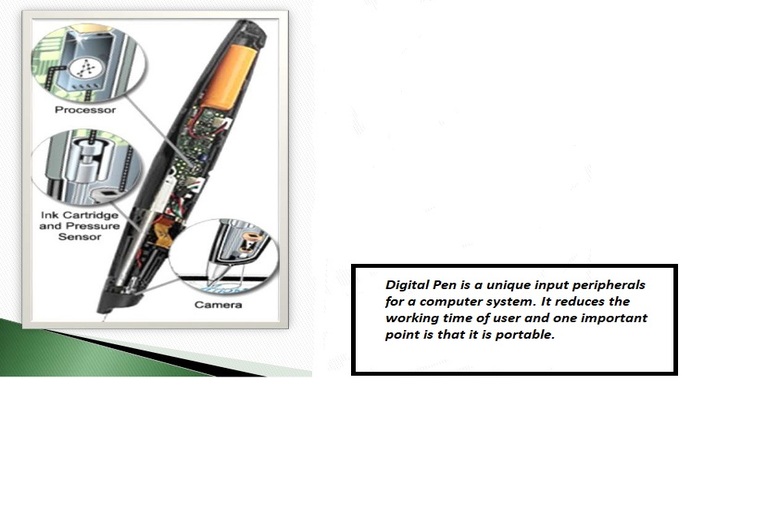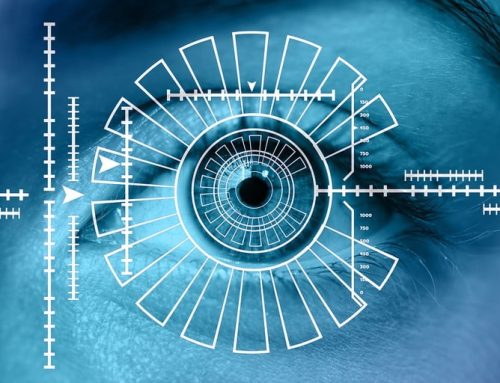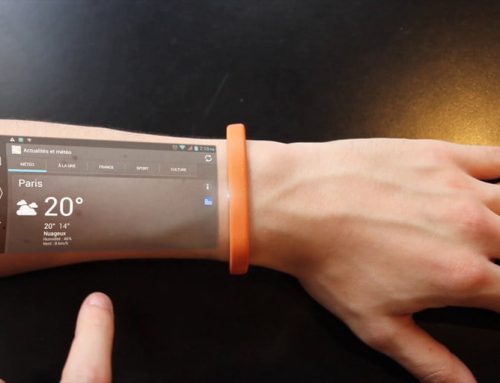
In ancient times peoples were using tree leaves or bark to write their goodwill for human beings and share knowledge from one generation to another. That’s how our ancestors served their upcoming generations. Currently, things got changed. In this technical world, we are converting every object into a digital device. This conversion is going to ease our lifestyle. When we are looking towards a simple paper and pen then we find that we are still following our ancestors to record our knowledge inside a book. Now, the wait is over. The digital pen makes the change in this method. Let’s get started to dig the entire engineering inside this gadget.
What is a Digital Pen?
A digital pen is an electric device that digitizes, stores and transfers what is written or drawn on plain paper to the computer system. It means that when your write or draw something on paper by using a digital pen then your writing or drawing will have appeared on the connected computer screen or other devices. How interesting is that! Yeah. What components are required for this portable gadget? We are going to explain this.

Digital pen
Engineering Inside:
A digital pen is an input peripheral device for any computer system. It contains many small electronics parts. Some important components are given below with respective uses:
- Bluetooth module
- Battery
- Force sensor
- Memory
- Microprocessor
- Camera
- Ink Cartridge
Bluetooth module:
It is a transceiver board that communicates in a bi-directional way. Bluetooth module built into the digital pen to transmit the stored data wirelessly and invisibly.
Battery:
In digital pens, a rechargeable battery of 3 to 5 volt is being used. Li-Ion batteries are most popular in this series because they provide long backup time and good ampere-hour to the device.

Internal structure of digital pen
Force sensor:
Force sensor in this gadget work as an eye of this gadget. When the user tries to write or draw something on paper in that case sensor detects the pressure to activate the various functions. Several types of force sensors are present as per requirement, each of them uses different technology to sense the magnitude of a given pressure or force and create an output signal. The most common types of force sensors include Load cells, Strain gauge, and Force sensing registers.
Memory:
This is a storage unit inside a digital pen. Memory stores processed input data to send it to the connected computer system. Most of the manufacturers provide inbuilt memory storage whereas some of them provide a slot to insert external memory.
Microprocessor:
It is the brain of this gadget. This component does all the primary processing on the raw input data. It also provides synchronization between inside and externally connected devices.
Camera:
It is the primary interface between writing paper and computer system. When the user writes or draws something on paper the camera captures the data in pixel form and sends it to the processor unit for further processing.
Ink cartridge:
This unit contains ink for writing or drawing. Ink cartridge and force sensor allow the user to see what is written.
Working Process:
The digital pen is used for writing down notes or drawing images as per user interest. This starts working when the user starts using it, as the force sensor is activated by pressure. Inside the camera of this gadget record the written pattern pin form of pixels and send it to the microprocessor for further processing. On successful processing, this data is stored in memory. As the notes or page are completed, the user has to save the data. Vibration and/or beep sounds are generated by the pen to confirm the save action. This pen is capable of storing pages in JPEG and/or PNG format to its memory. These saved pages are sent via Bluetooth link to the computer system for further analysis and processing. Nowadays many new versions of this gadget came into the market with optical character recognition which allows the user to enter the handwritten data into the computer system as a typed text value.
Advantage:
- A digital pen can be easily carried inside a pocket.
- Easily data transfer reduces data duplicity.
- It saves time.
Disadvantage:
- Relatively costly as compare to other similar input peripheral devices.
- Recognition of written text is a matter of concern depending on the recognition of different handwriting of various users.
Thanks for reading. See you soon with another exploration!





